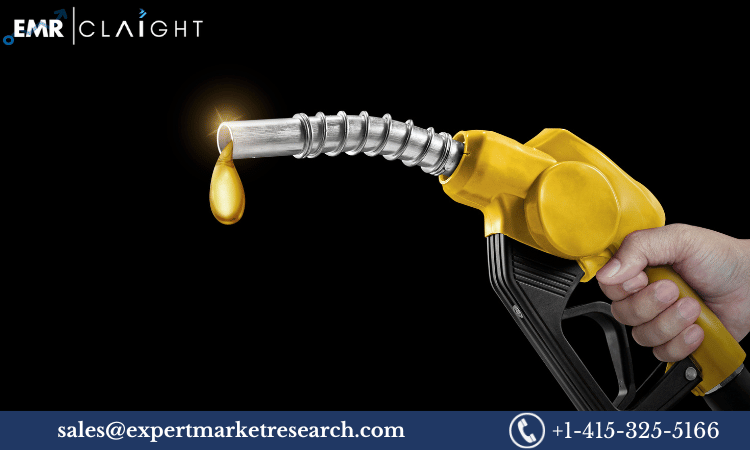A water pressure gun is a pump powered machine that uses ordinary tap water to quickly increase pressure to high levels, then disburses it through a hose at the end of a spray wand or nozzle. Trigger gun and unloader valves act like traffic cops to regulate its flow.
Water pressure breaks up stains while water volume flushes away dirt that has been broken loose by pressure cleaning, so choosing attachments wisely to get your task completed efficiently.
Variable Pressure
Pressure control valves regulate water flow from pump to gun via hose and gun if they malfunction; otherwise, pressure will continue rising until either motor-engine stalls or pump, hose or gun ruptures. Unloader valves may either be spring actuated or flow actuated – the latter allows faster trigger-pull responses when guns triggers are depressed due to reduced pump and hose pressure during unload mode.
Lance accessories may include rotary brushes or foamers which infuse atmospheric or compressed air into liquid flow to increase its richness, helping detergents adhere longer and penetrate dirt more deeply. Sand blast heads increase cleaning power by adding small amounts of sand into high pressure water streams.
Variable Spray Pattern
A spray wand or nozzle acts as the point of delivery for pressurized water, and there are various types of nozzles to accommodate different spray patterns and pressure settings. One such turbo nozzle appears similar to other standard ones but includes an orifice with dual orifices in its venturi that opens when pressure or flow rate reaches certain thresholds; this allows a three-fold range in flow rates while keeping spray pattern and fan angle intact.
Depending on the length of the nozzle, spray distance from a surface being cleaned can vary significantly, and in order to maximize cleaning efficiency it is vital that you select a lance sized according to the operating pressure of your unit. Lances with bent ends allow you to spray from an angle but may create back pressure that is tiring if not properly adjusted with regard to operating pressure of gun used for cleaning.
Specialty attachments are designed for specific tasks such as drain cleaning and graffiti removal. With these accessories you can complete your projects more quickly and more effectively; some even feature color coding to easily identify their spray patterns and pressure settings; as well as quickly connecting and disconnecting with guns for your convenience.
Safety Features
Water pressure guns can be extremely powerful tools that must be treated with the utmost caution by their users. Always wear eye protection (in addition to work gloves, long pants and sturdy shoes) and follow all manufacturer’s instructions and safety guidelines when operating them. Never point the spray at anyone or anything as the recoil from its nozzle can cause serious injuries; always lock the trigger when not in use to keep children and animals away from being hurt by recoil. Do not spray near electrical outlets, fuse boxes or transformers as severe shock could occur; when working in enclosed spaces use ladders or scaffolding with railings instead.
Safety features of a water pressure gun are paramount to its use and can prevent serious personal and property damages. There is an integral safety valve designed to release excess pressure back into the atmosphere at maximum system pressure; in addition there is a rupture disk designed to burst under excessive overpressurization pressures preventing dangerous over pressurization situations.
Unloader valves are another essential safety measure. They’re activated by gun trigger and, once engaged, divert all or part of the flow from hose to tank through bypass sleeves. Unloaders come in two styles – pressure actuated or flow actuated; both provide safe systems but pressure-actuated unloaders may trap pressure when gun is shut off, necessitating more adjustments for optimal functioning.
Maintenance
Before using your pressure washer, make sure your work area is unobstructed to prevent people or cars from tripping over power cables or high-pressure hoses. Always wear protective equipment – goggles/face shield, gloves, jacket and trousers are ideal – against water pressure (and heat) effects.
Before each use, check the water supply and connections between hose, spray gun and wand extension, looking for signs of leakage. Clean out water inlet screen nozzle fittings regularly as well as check and replace O-rings where necessary to prevent clogs in nozzle.
Pressure washers come equipped with various cleaning attachments: the rotary brush can be attached to the end of the lance and spins with water flow for surface scrubbing on brick surfaces; foaming nozzle allows water to suction up atmospheric or compressed air into microbubbles created by air foam, providing longer surface adhesion time and deeper dirt penetration; while sand blast head allows water to carry small amounts of sand for surface stripping purposes.


